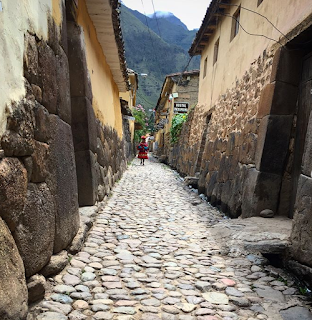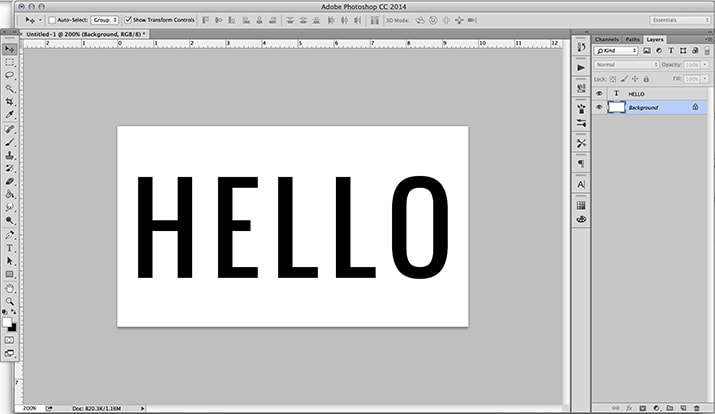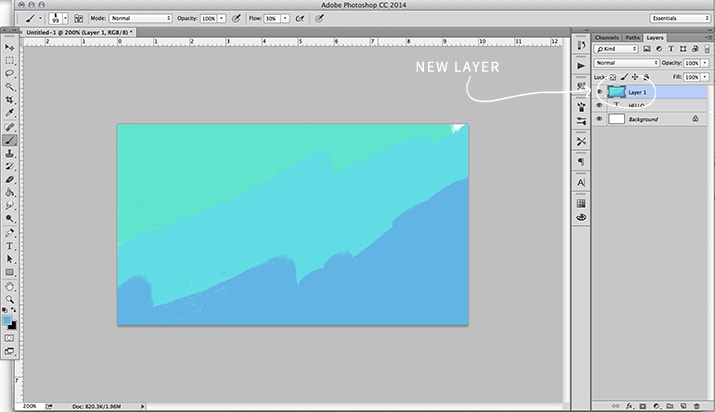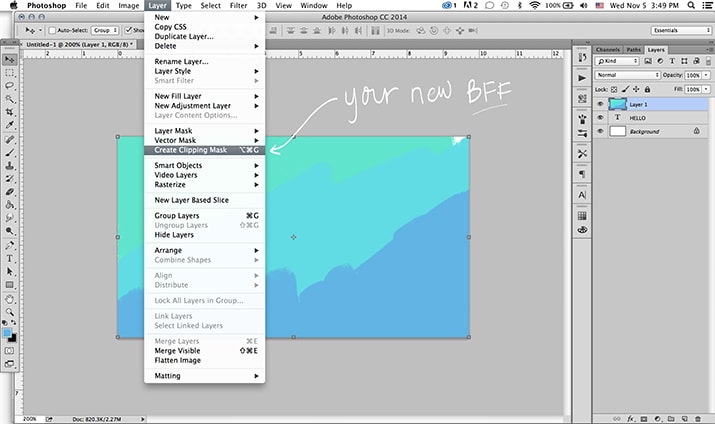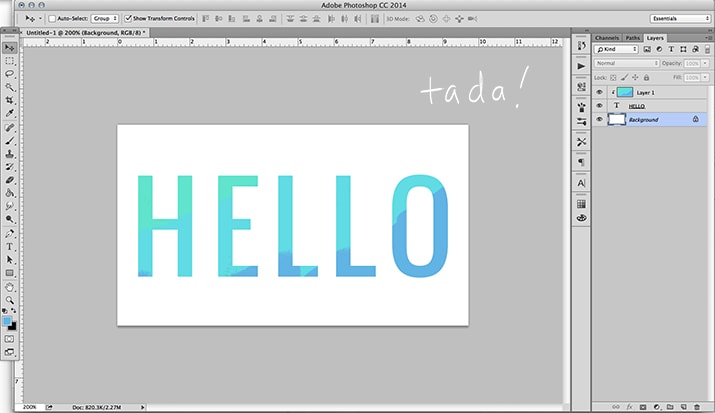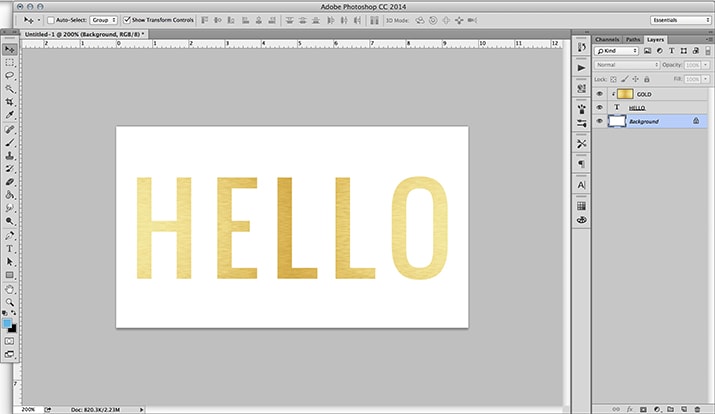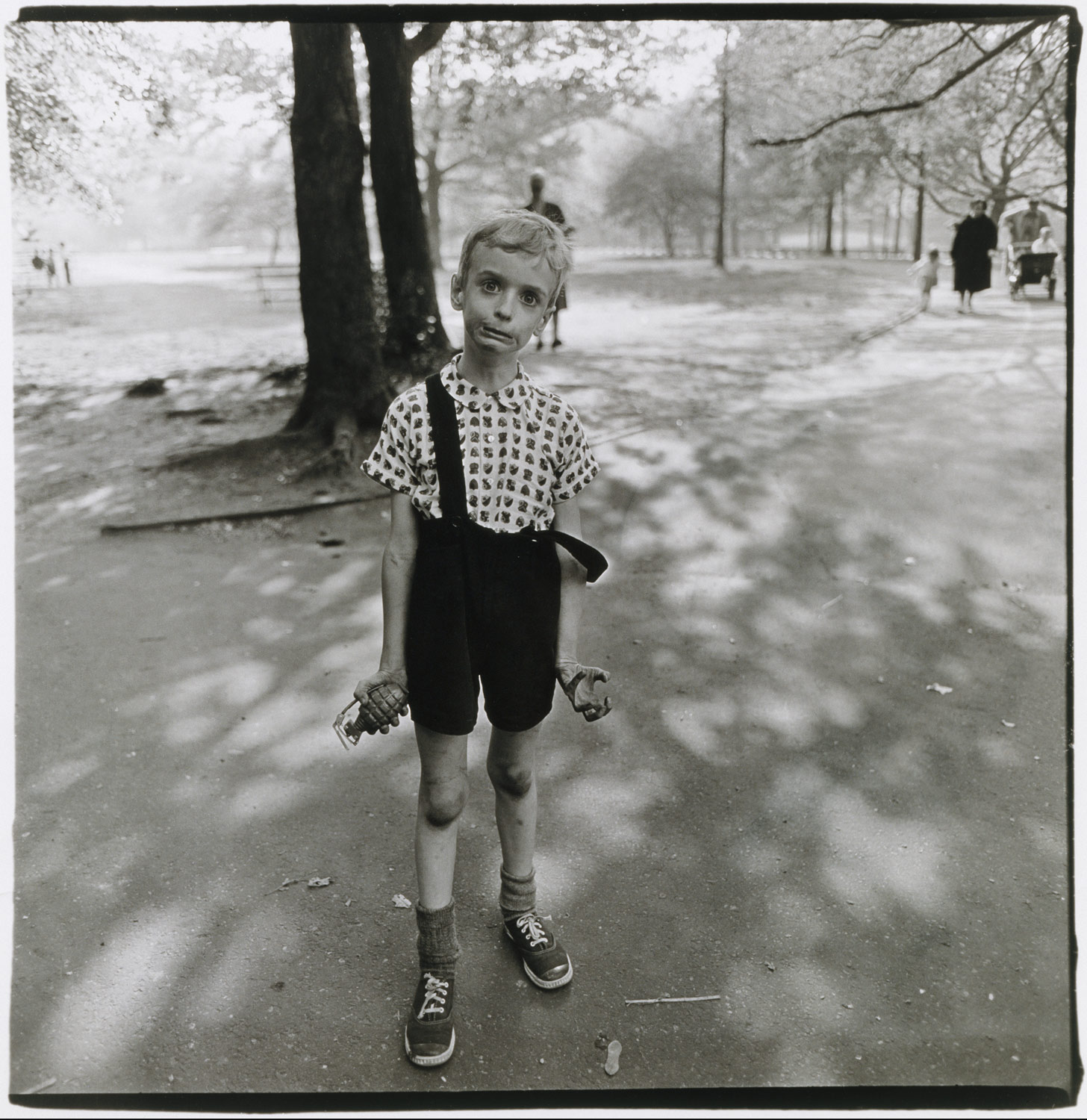 Lines
Lines A line is: A mark that is longer than it is wide
Line
is often referred to as “the most basic element of design”. Yet this simple element functions in complex ways. Used effectively, line expresses a variety of verbal and visual concepts. Line works either by itself or in conjunction with other lines to communicate messages and impact audience.
A line can have different qualities - it can be curved or straight, thin or thick, loose or precise, delicate or bold, expressive or controlled. The qualities of a line will evoke different feelings; a curved line feels natural and organic, while a straight line feels man made and mechanical. A delicate line feels soft and feminine, while a bold line feels strong and masculine.
A horizontal line reminds us of a calm horizon or a person lying down; it implies quiet and rest. A vertical line makes us think of a skyscraper or a person standing straight and tall; it feels strong and aspiring. A vertical line contains potential for activity, and so creates a more energetic feeling than a horizontal line. A diagonal line is like a bolt of lightening or a person leaning forward poised to run; it suggests energy and movement. Diagonal lines are the most dynamic.
Line #1 Assignment- Element of Design: Lines
Take 10-15 digital photographs around your home or school community using the Element of Design- LINE. Look for all sorts of different types of line, straight, wiggly, craggy, weaving, diagonal, organic, geometric...
- Download your line images
- Upload your best line photos to your blog.
- Make a contact sheet with all of your photos post to your blog.
- Write an explanation as why this image is a good example of line.
Leading Lines
Leading Lines are compositional tools within an image that leads the eye to another point in the image, or occasionally, out of the image. Anything with a definite line can be a leading line. Fences, bridges, even a shoreline can lead the eye. If can pair leading lines with a subject that is placed according to the rule of thirds your image should be very strong.
Line #2 Assignment- Leading Lines Take 10-15 digital photographs around your home or school community using the Leading LINE compositional technique. Look for all sorts of different types of lines to direct the view towards the subject. Then upload, edit and evaluate,
- Download your images.
- Upload your best line photos to your blog.
- Make a contact sheet with all of your photos post to your blog.
- Write an explanation as why this image is a good example of leading line- hint: how it directs attention to the subject.
Horizon LinesOne of the main ‘rules’
you often see written regarding horizons is that they should never be
placed in the centre of the frame, but positioned closer to a ‘third’.
to the top or bottom. As with most rules, there are plenty of times when
this can be completely disregarded, so here are a few guidelines to
help you to decide where to position the horizon when composing your
shot.
 Low Horizon
Low HorizonPlacing the horizon towards the bottom of the frame is a great way of emphasising a dramatic sky. By placing the horizon low in the frame, you are giving dominance to the upper portion of the image and so, ideally, you want to have something there to keep the attention of the viewer, i.e. don’t do this if the sky is completely clear, as you will be dedicating over half of the frame to an empty blue sky, and that will not hold interest for long.
Centred HorizonA centred horizon works very well when dealing with reflections as, by default, the composition is easily balanced.
High HorizonPlacing the horizon towards the top of the frame gives dominance to the lower portion of the image, allowing you to emphasise foreground detail to draw the viewer through to a sky.
Line #3 Assignment Horizon LinesTake 10-15+ digital photographs around your home or school community exploring different horizon line techniques. Look for all sorts of different types of lines to direct the view towards the subject.
Upload, edit and evaluate,
- Download your images.
- Upload your best line photos to your blog.
- Make a contact sheet with all of your photos post to your blog.
- Write an explanation as why this image is a good example of the horizon line/ rule of thirds technique.
Email me
dusher@sd35.bc.ca if you have any questions, or when you are finished

 Another way to organize color is by color "temperature." Colors are either "warm" or "cool." Reds, oranges, and yellows are considered warm colors. Blues, violets, and greens are considered cool colors.
Another way to organize color is by color "temperature." Colors are either "warm" or "cool." Reds, oranges, and yellows are considered warm colors. Blues, violets, and greens are considered cool colors. 






